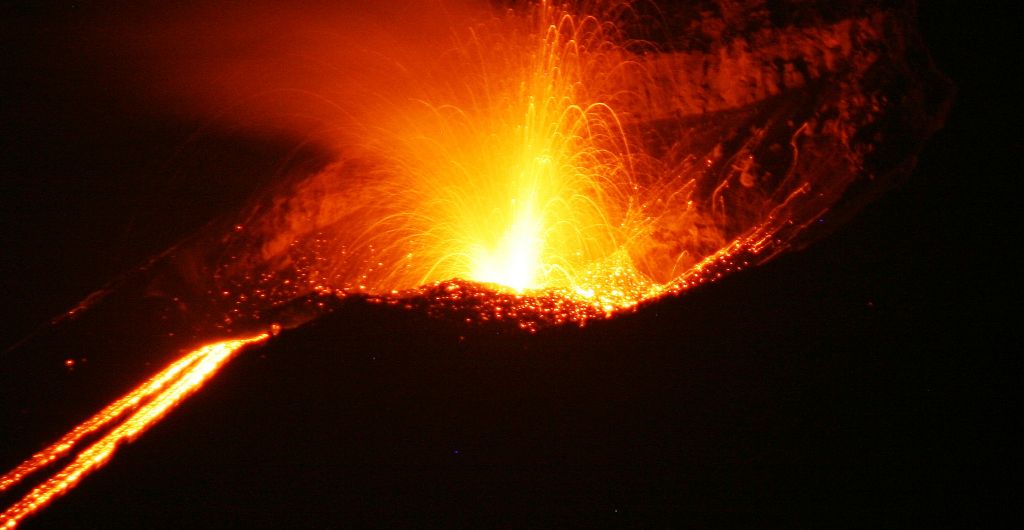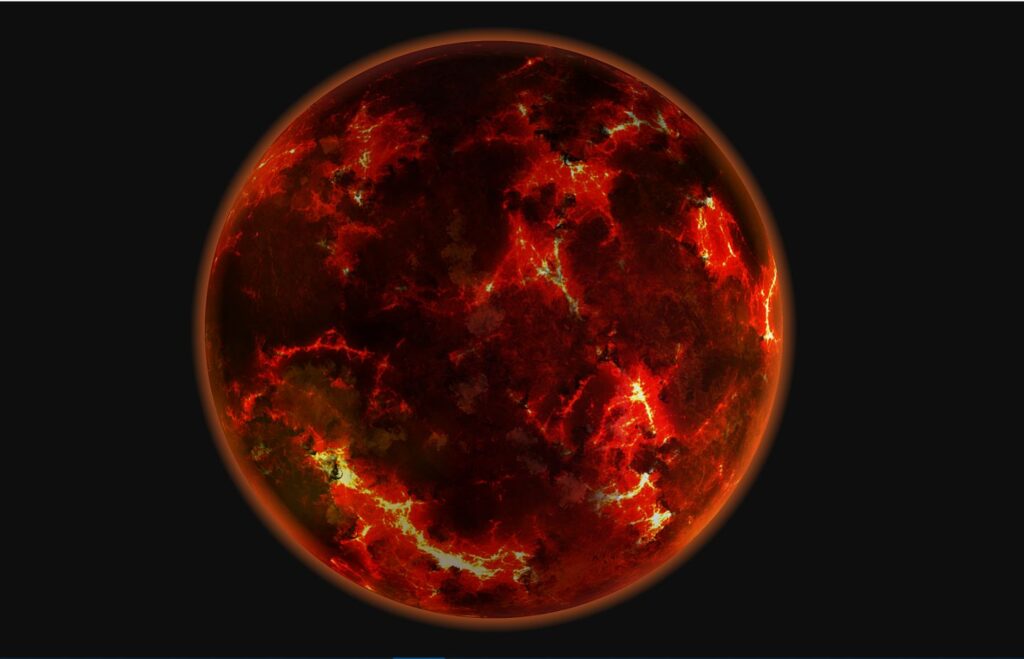
In case you missed it last week …
Back in 2018 astronomers discovered a planet 200 light-years away and five times the size of Earth. K2-141b is a lava planet so close to its sun that its rotation and orbit are in lock step; the same side always faces the sun. It also moves really fast completing an orbit in only 0.28 days. Earth’s orbit takes a year. On K2-141b a “year” lasts 6.7 hours!

All of this was so intriguing that astronomers from York University, McGill University, and the Indian Institute of Science Education and Research decided to model K2-141b’s atmosphere. Published in the Monthly Notices of the Royal Astronomical Society, their report attracted attention because K2-141b is so unbelievably hellish. For instance:
The planet rains rocks, has an enormous lava ocean over 60 miles deep, and winds whip across its surface at speeds more than four times the speed of sound. And, because of how the small planet moves around its sun, one part of it experiences permanent daylight and reaches temperatures up to 5,432 degrees Fahrenheit, while the other side exists in permanent darkness, and temperatures drop to negative-328 degrees.
— The Cut: Astronomers Discover … Earth?? by Madeleine Aggeler
Put all that together and you get a place hot enough to evaporate rock, windy enough to transport the evaporated minerals rapidly to the other side of the planet, and cold enough on the dark side for minerals to condense quickly and fall as a rain of rocks!
Oh fun. K2-141b is more hellish than Dante’s Seventh Circle of Hell.
There are a few — mercifully few — places on Earth where it rains rocks. The eruption of Krakatua, above, is one of them.
Read more at Wikipedia and at The Cut: Astronomers Discover…Earth??
(photos from Wikimedia Commons; click on the captions to see the originals)